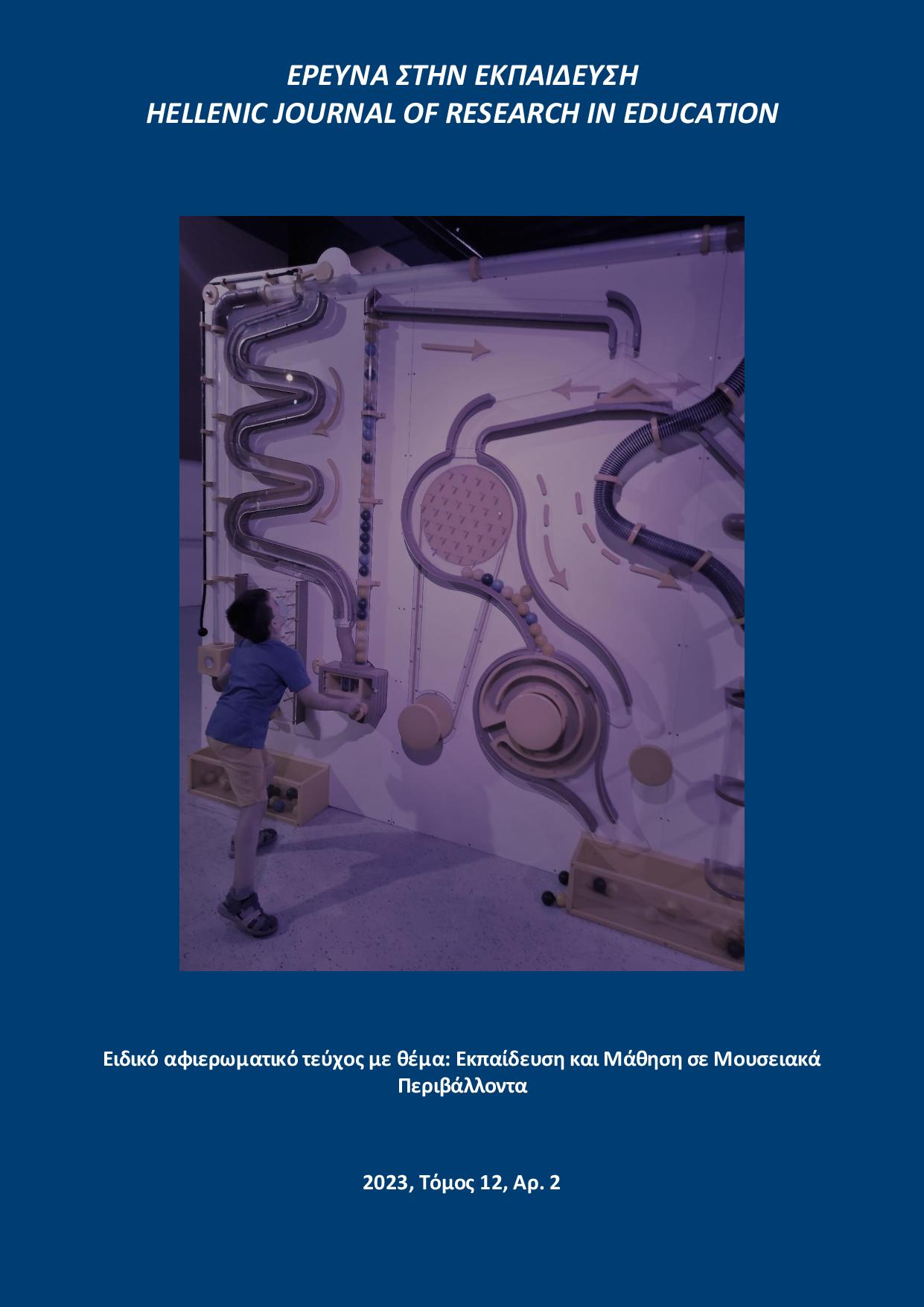Late-night museum events for adults: from the educational to the social aspect of the museum visit

Abstract
Nowadays, museums face many challenges. Their goal is to educate and entertain their visitors through activities that will gradually transform the museum space in the eyes of the public, from static to lively and creative. Late-night events, which we increasingly encounter in museums in recent years, meet this need, overturning the stereotypical image of the museum as a purely educational environment. Late-night events allow museums to promote their content and collections in new and creative ways, such as night tours, sleepovers, music, etc., enhancing the social dimension of the visit. As a result, the museum becomes a place where people can learn, socialize and have fun at the same time.
The paper initially presents the results of research conducted in one hundred and six (106) Greek museums in order to outline the museum landscape regarding the character of late-night events. What are their characteristics, to which audience groups do they address? Are they purely recreational and/or educational in nature? At the core of this reflection, the paper then focuses on the evaluation of the "Let's Be Late!" event at the Industrial Gas Museum of Athens, which targeted adult audiences. It studies the activities of the event, the demographics of the participants and their behavioral patterns. The findings indicate that late-night events have the potential to attract a larger number of visitors and develop bridges with a new adult audience. They also emphasize the social nature of the events. It also becomes obvious that the recreational dimension of the museum visit is promoted, through which the Museum attempts to achieve its educational objectives.
Article Details
- How to Cite
-
Doxanaki, A., Pappa, V.-C., & Dermitzaki, K. (2023). Late-night museum events for adults: from the educational to the social aspect of the museum visit. Hellenic Journal of Research in Education, 12(2), 51–69. https://doi.org/10.12681/hjre.33638
- Section
- Articles

This work is licensed under a Creative Commons Attribution-NonCommercial-ShareAlike 4.0 International License.
Authors who publish with this journal agree to the following terms:
- Authors retain copyright and grant the journal right of first publication with the work simultaneously licensed under a CC-BY-NC-SA that allows others to share the work with an acknowledgement of the work's authorship and initial publication in this journal.
- Authors are able to enter into separate, additional contractual arrangements for the non-exclusive distribution of the journal's published version of the work (e.g. post it to an institutional repository or publish it in a book), with an acknowledgement of its initial publication in this journal.
- Authors are permitted and encouraged to post their work online (preferably in institutional repositories or on their website) prior to and during the submission process, as it can lead to productive exchanges, as well as earlier and greater citation of published work (See The Effect of Open Access).


